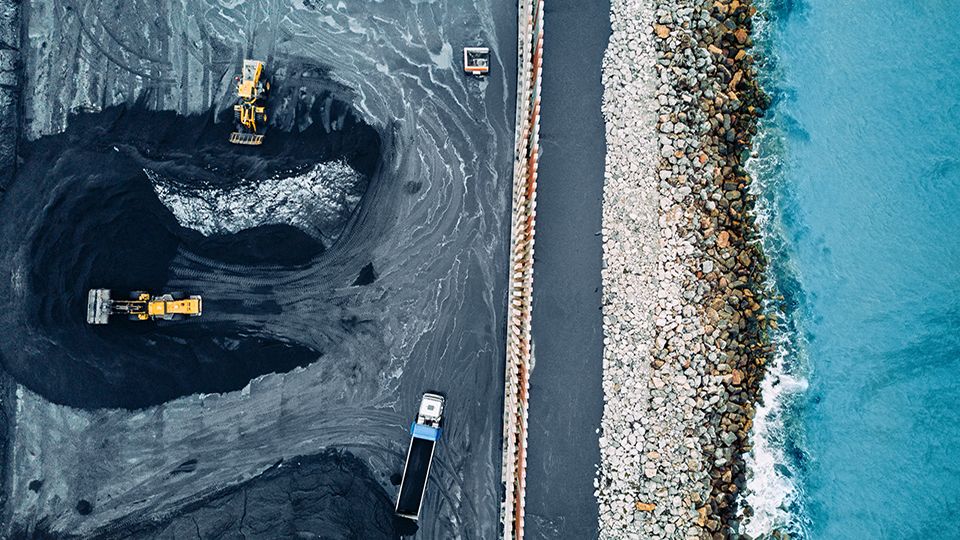The Net-Zero Banking Alliance (NZBA) is falling down in its efforts to reach net-zero carbon emissions by 2050, including failing to account for the bulk of oil and gas funding, research has found.
A report by ShareAction that looked into sector-specific targets set by the banks for net zero, found only 25 out of 31 biggest banks of the alliance that have set oil and gas targets, exclude capital market activities like raising equity and debt financing.
This was significant, the campaign group explained, as such activities form the majority of banks’ financing to oil and gas – the alliance does not require them to be included in targets. ShareAction noted Credit Suisse’s oil and gas financing is made of 77% capital market activities and for UBS the figure is 94%, yet neither bank includes these activities in their oil and gas targets.
See also: – ECB threatens action against banks failing on climate risk
In total, the group researched targets of 43 of the NZBA’s biggest banks and found while some progress had been made, overall, the sector targets were insufficient.
Another trend among the banks was a lack of interim overarching targets – in effect, showing how the bank is on track for its targeted 2030 emissions reduction. Just seven, or 16%, of the banks have set interim overarching targets, according to ShareAction, which noted Lloyds Banking Group, NatWest, Nordea, BPCE, La Banque Postale, Crédit Mutuel and KB Financial Group as having shown leadership on this front.
High emitters
In more positive findings, ShareAction said most of the banks’ targets have prioritised the highest emitting sectors like oil and gas and power. It also noted progress with 15 banks setting targets for automotives specifically. A further five banks set targets in aviation and two in shipping.
However, none of the NZBA signatories has published a target for the chemicals sector and only one has published a target for agriculture.
Banks are increasingly setting emissions intensity reduction targets rather than absolute emissions targets and ShareAction stated this could mask growth of emissions in absolute terms. It can also create the unhelpful incentives – for example, such as for companies to increase oil and gas production efficiency rather than decrease output.
The report found more than a third of banks that have set an oil and gas target have used emissions intensity rather than absolute emissions reduction.
There were also differences between the target-setting methodologies that ShareAction said made it difficult to compare targets. Less than half, 14, of banks with an oil and gas target cover methane, for example. Meanwhile, banks including JPMorgan and TD Bank were found not to distinguish between renewable energy and low-carbon fuels and fossil fuel energy sources in their targets.
“This means they can meet their targets by expanding their financing of renewable and low-carbon energy rather than reduce their financing of oil and gas,” ShareAction stated.
In order to move effectively to net zero, the campaign group made a series of recommendations to the NZBA, including being more explicit about the need for 2030 interim targets, ensuring banks set absolute emissions reduction targets and making a 1.5°C scenario the standard one banks must use. ShareAction also recommended banks incorporate a “buffer” into their targets to increase the chance of meeting the Paris Agreement goals.
See also: – Net-zero banks pour $146bn into fossil fuels in 2021








